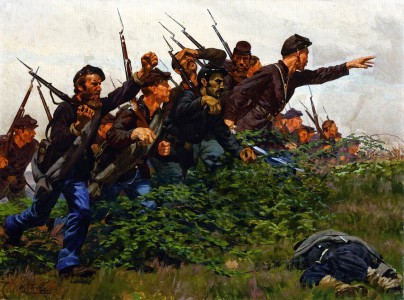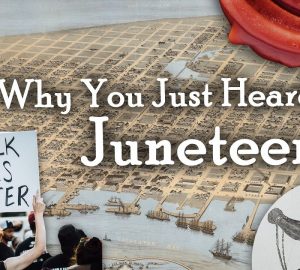
When we reflect upon the great danger which so many soldiers in history have endured, it can be hard to understand how they did it. Many thousands and millions have fought on terrifying battlefields, seen their impending death before them, and yet have pressed on.
Writing after the Civil War, one Federal officer recounted how he did it during the battle of Fredericksburg. He was ordered to back to bring some troops to the front, but in doing that he would be exposed to a dreadful fire.
The distance was about four hundred yards. I can truthfully say that in that moment I gave my life up. I do not expect every again to face death more certainly that I thought I did then. It did not seem possible that I could go through that fire again and return life. The grass did not grow under my feet going back. My sprinting record was probably made then. It may be possible to see the humorous side at this distance, but it was verily a life and death matter then.
One may ask how such dangers can be faced. The answer is, there are many things more to be feared than death. Cowardice and failure of duty with me were some of them. I can full appreciate the story of the soldier’s soliloquy as he saw a rabbit sprinting back from the line of fire: “Go it, cotton tail; if I hadn’t a reputation at stake, I’d go to.”
Reputation and duty were the holding forces I said to myself, “This is duty. I’ll trust in God and do it. If I fall, I cannot die better.” Without the help and stimulus of that trust I could not have done it, for I doubt if any man was ever more keenly susceptible to danger than I…. The nervous strain was simply awful. It can be appreciated only by those who have experienced it. The atmosphere seemed surcharged with the most startling and frightful things. Deaths, wounds and appalling destruction everywhere.
From War from the Inside by Frederick L. Hitchcock (Philadelphia, J. B. Lippincott Company, 1904) p. 117-118.




